Military Assistance Command, Vietnam
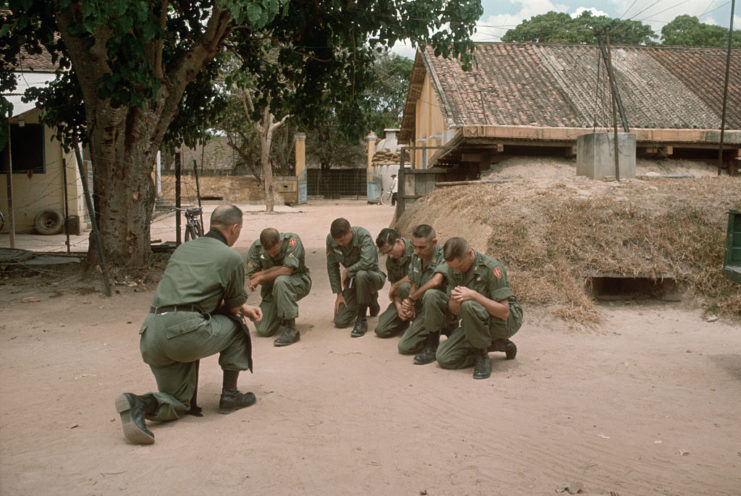
MACV-SOG, formally called the Military Assistance Command, Vietnam – Studies and Observations Group, was a secretive American unit established in 1964. This elite squad was made up of volunteers from various US military branches, including Green Berets, Navy SEALs, CIA agents, specially trained Marines, Air Force commandos, and local fighters.
Operating under extreme secrecy, MACV-SOG carried out missions in Laos, Cambodia, Thailand, and North Vietnam, while the US government claimed that American forces were not engaged outside South Vietnam—a claim they worked hard to keep hidden. To preserve this deception, team members wore no American markings, including uniforms or insignia.
A large part of MACV-SOG’s operations involved reconnaissance, particularly around the Ho Chi Minh Trail, which stretched from North Vietnam through Cambodia and Laos into South Vietnam.
John Stryker “Tilt” Meyer
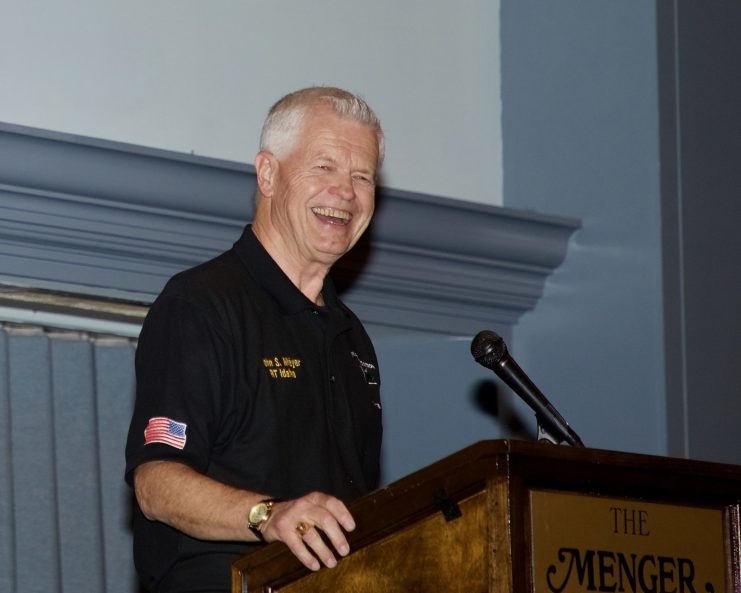
John Stryker “Tilt” Meyer was one of the fearless men who volunteered to be an operative with MACV-SOG. He initially enlisted with the US Army in 1966, and soon after was accepted to Airborne School, where he was airborne certified.
By the following year, he’d graduated from the Special Forces Qualification Course, eventually becoming a member of MACV-SOG’s Spike Team (ST) Idaho. Meyer detailed much of his time in Vietnam in two books, Across the Fence: The Secret War In Vietnam (2003) and On the Ground: The Secret War in Vietnam (2007).
He was also one of the MACV-SOG commandos involved in the Thanksgiving Day mission in 1968, serving as a reconnaissance leader for a team of six. Aside from Meyer, ST Idaho consisted of four local mercenaries – Sau, Hiep, Phuoc and Tuan – as well as fellow American, John “Bubba” Shore.
30,000 missing enemy troops
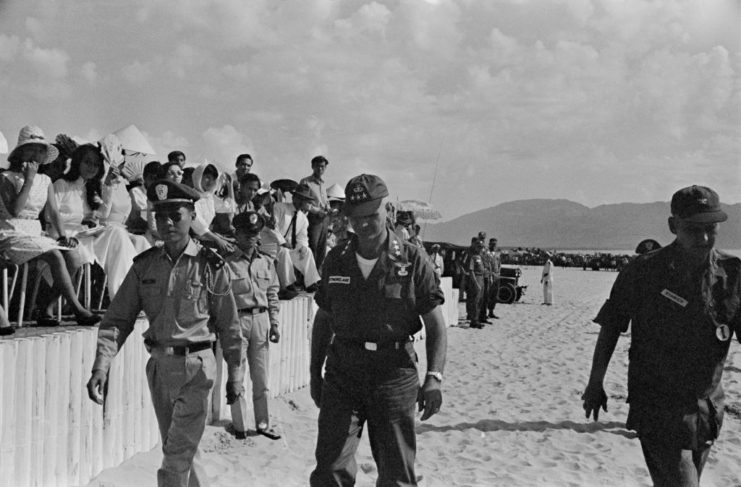
By November 1968, US Intelligence remained vigilant of the movements of the North Vietnamese Army (NVA) following the Tet Offensive earlier that year. This offensive, launched in January, involved surprise attacks by the NVA and Viet Cong on urban centers, aiming to spark rebellion among South Vietnamese civilians and pressure the US to scale back its presence in the region.
In the aftermath of the Tet Offensive, concerns grew as three divisions of the NVA vanished, prompting urgent efforts to locate them. ST Idaho was tasked with this mission. The 1st, 3rd, and 7th NVA divisions, totaling approximately 30,000 troops, were part of a larger force of 100,000 under close American surveillance. Their disappearance near the Cambodian border raised fears that they might be preparing for an assault on Saigon.
MACV-SOG’s Thanksgiving mission
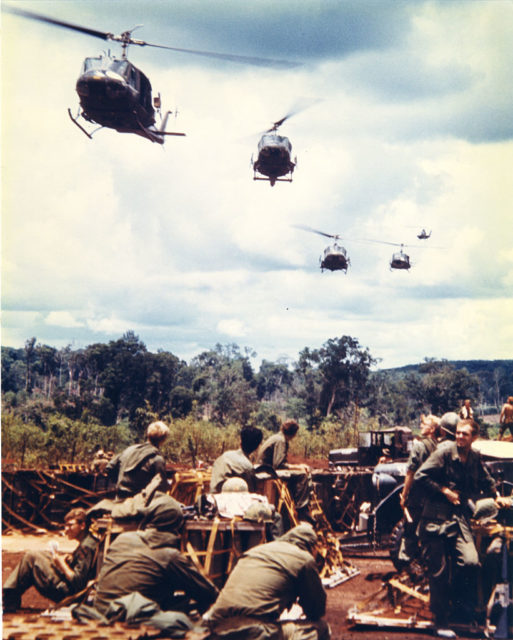
The task was simple enough: ST Idaho would enter Cambodia and locate the missing troops, after which they’d relay the information back to headquarters.
On Thanksgiving Day 1968, Meyer and his men waited in Bù Đốp Special Forces Camp, where the MACV-SOG team were delivered a Thanksgiving feast of turkey, gravy, mashed potatoes and cranberry rolls. A helicopter then arrived to deliver the men to Cambodia. This presented its own challenges, as they were only allowed to be brought 10 kilometers into the country via air and would then need to travel the remaining two kilometers on foot.
ST Idaho quickly disembarked the Huey and began their mission, searching for the missing NVA troops in the dense jungle. It didn’t take long for them to notice smoke, which they confirmed was from the soldiers they were looking for. The camp appearing empty, the MACV-SOG commandos began taking pictures and searching for important documents.
It appeared as though they’d successfully completed their mission – and rather quickly. Unbeknownst to them, however, they’d just walked into the middle of a 30,000-strong NVA encampment.
30,000 North Vietnamese versus six commandos
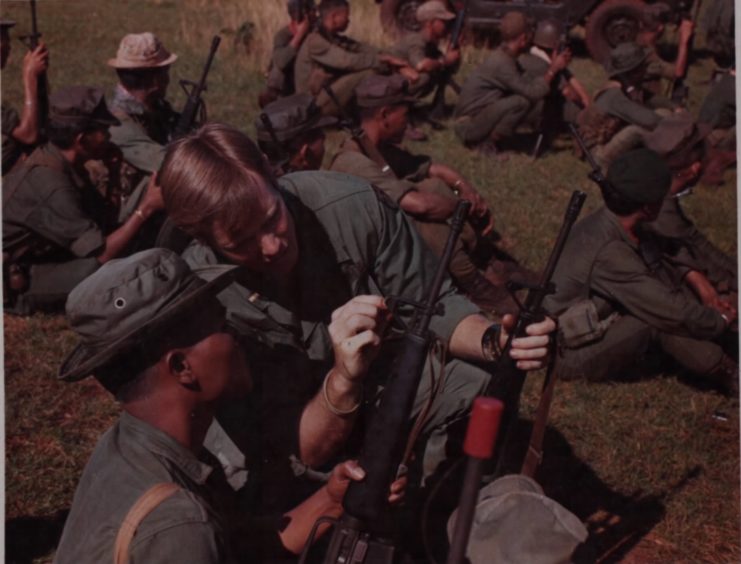
Sau was the one who warned Meyer about the imminent threat, stating solemnly, “Beaucoup VC! Beaucoup VC!” Despite having only five months of experience with MACV-SOG compared to Sau’s three years, Meyer had confidence in his instincts.
It wasn’t long before North Vietnamese troops started closing in from both directions and began shooting. The MACV-SOG team quickly planted a Claymore mine and fled. The enemy pursued them closely, but ST Idaho fought back with grenades and strategically placed trip-wired Claymores.
Their rescue arrived in the form of US Air Force Bell UH-1P Hueys from the 20th Special Operations Squadron. The helicopters retaliated with M60 machine guns and M134 miniguns against the advancing enemy soldiers. The chopper reached the rendezvous point, and the six men scrambled aboard, setting up a final Claymore on the edge of the landing zone.
Making it out of the Thanksgiving Day mission alive
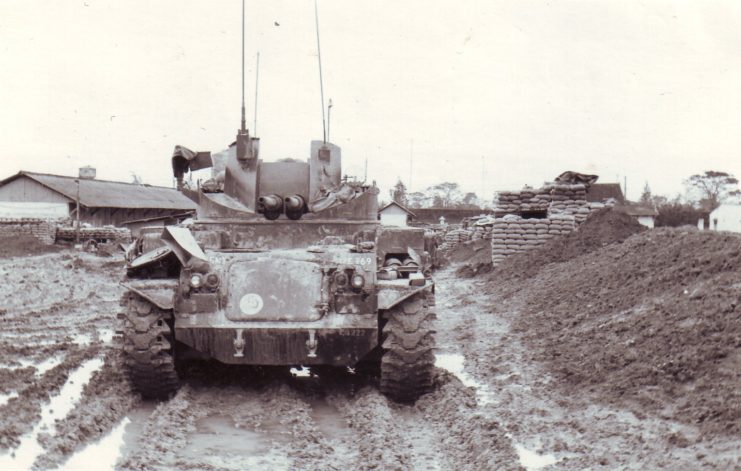
Meyer later described the mad dash in his book, writing, “We had been moments away from a very violent death and we killed an untold number of NVA soldiers – soldiers who continued to earn our undying respect. I took no pleasure in killing the enemy. It was simply us or them.” They made it, however, with the Huey taking off before the NVA troops could reach them.
Want War History Online‘s content sent directly to your inbox? Sign up for our newsletter here!
Successful in their mission, although a little worse for ware, the first thing ST Idaho did upon their return to base was visit the mess hall for a well-deserved second Thanksgiving dinner. Soon after, they were tracked down by the MACV-SOG officer who’d sent them on the mission, asking if they would join him for yet another Thanksgiving feast and discuss the mission. Meyer and Shore obliged, debriefing him over the well-earned meal.
